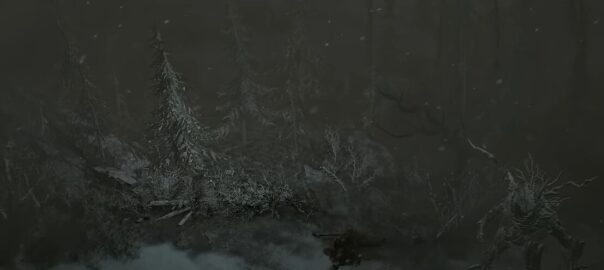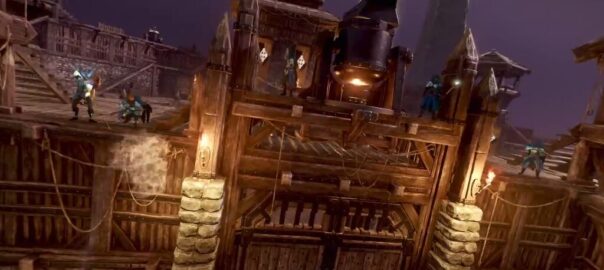In the realm of gaming, immersed in the perpetual pursuit of power, I see you, fellow warrior, summoning demons with stones scarce as we all strive for progress. The journey to WT4 is an odyssey, a commitment of days spent navigating through WT3, a necessary prelude to the true essence of the game. It’s the grind, the incremental ascent, the subtle thrill as a paragon point inches you closer to that node, promising a mere 0.1% surge in power.
Here I am, alongside you, relishing this experience in a strangely tranquil manner. The grind is not burdensome; it’s an anticipation I eagerly await with each new season. Currently, I’m embodying the storm/nature Druid archetype, having previously assumed the mantle of a Blood Necro. Diablo 4, a game that neatly fits into its niche, excels at providing an avenue for players to log in, unleash chaos, and indulge in mindless pursuits until the moment they decide to delve into the serious aspects of the game – no stress, no external pressures.
Yet, the journey from WT3 to WT4 is a tangible challenge, a struggle that resonates deeply. At level 65, I find myself on the cusp of transitioning, knowing that another day of play lies ahead before venturing into WT4. It’s only then that the prospect of enchanting items and scrutinizing gear becomes a worthwhile endeavor. And I notice you, my fellow adventurer, treading the same path – a community of dedicated players, all striving for that elusive progression.
The grind is my sanctuary, a Zen-like state of immersion. This season, my Blizzard sorcerer effortlessly traversed WT3, reaching the capstone at level 62. The subsequent ascent to level 66 occurred within a mere 15 minutes of herald grinding in WT4. The journey, though arduous, carries a unique charm, an intrinsic satisfaction derived from the rhythmic repetition of tasks, the accumulation of experience, and the gradual augmentation of power.
WT3, however, introduces a paradoxical scenario – a fleeting window that discourages intense gear focus and, simultaneously, a protracted interval that cannot be dismissed without consequences. It’s a peculiar purgatory, a transitional phase that demands attention without affording the luxury of profound commitment. The juxtaposition of brevity and length in this stage makes it an intriguing challenge, underscoring the delicate balance between casual engagement and earnest preparation for the trials that lie ahead.
In the vast expanse of Diablo 4, where demons lurk and powers burgeon, we stand united in our pursuit. The grind is not just a means to an end; it is an integral part of the immersive experience, a shared odyssey that binds us together as Diabros. So, as we embark on this journey from WT3 to WT4, let us revel in the grind, celebrate the incremental victories, and savor the camaraderie forged in the crucible of Diablo 4. May the demons tremble and the stones resonate with the echoes of our collective determination.
MMoexp help you cheer in Diablo 4 season 3, provide cheap D4 items and Diablo IV gold, we travel happily together.


